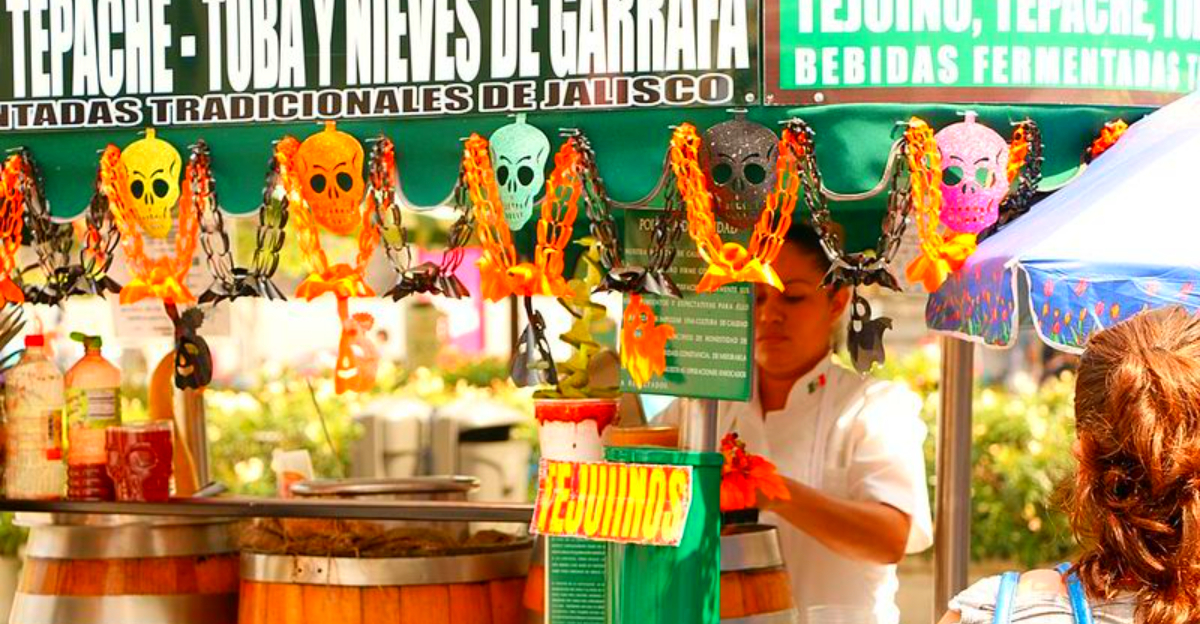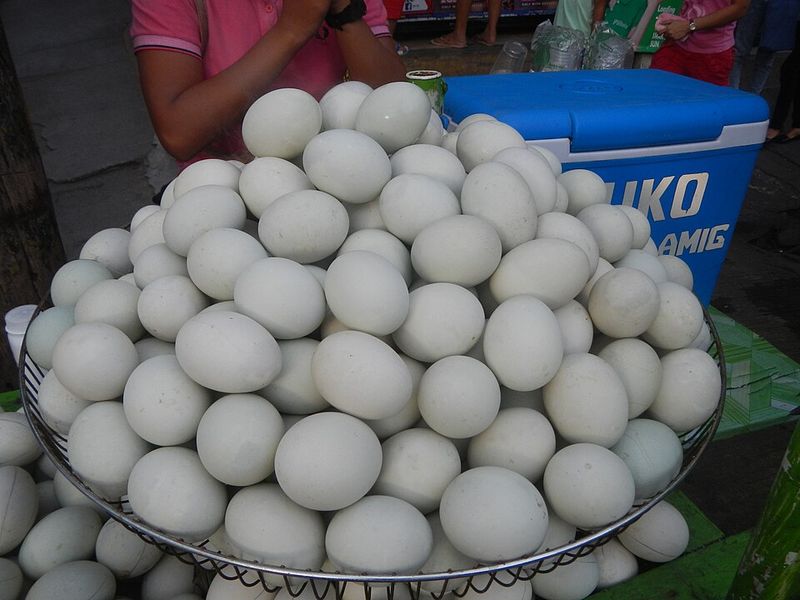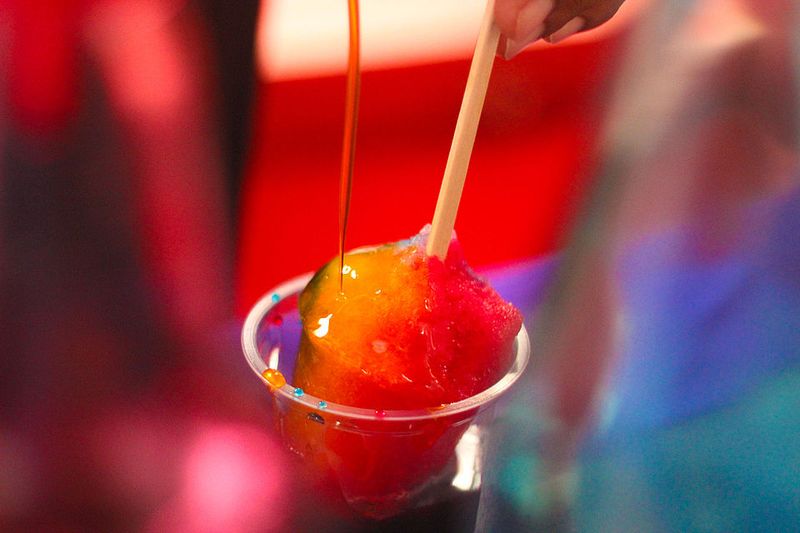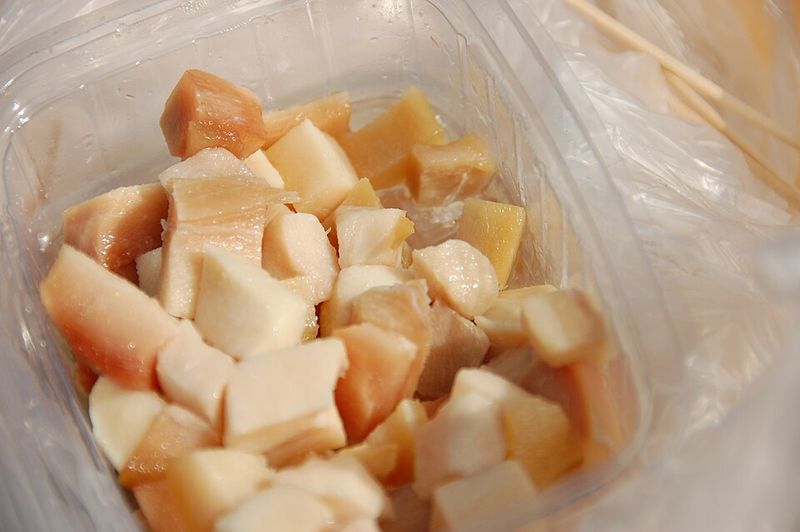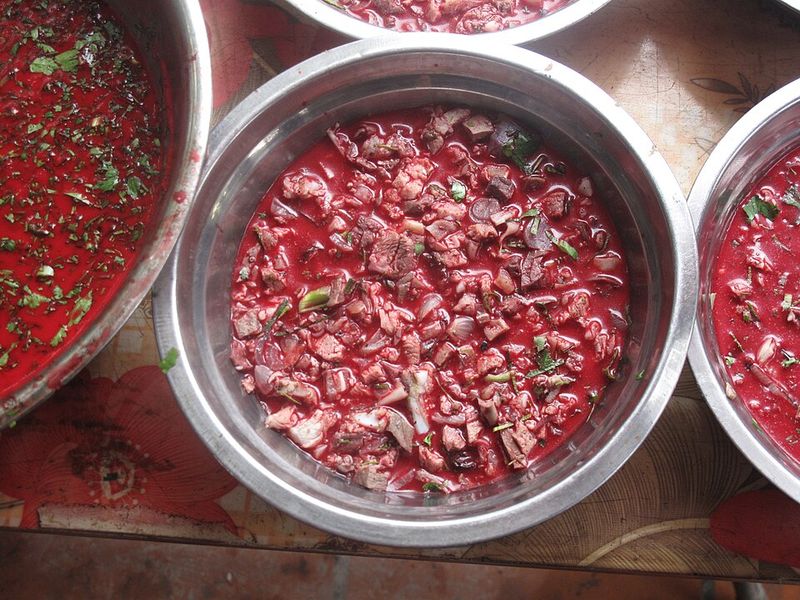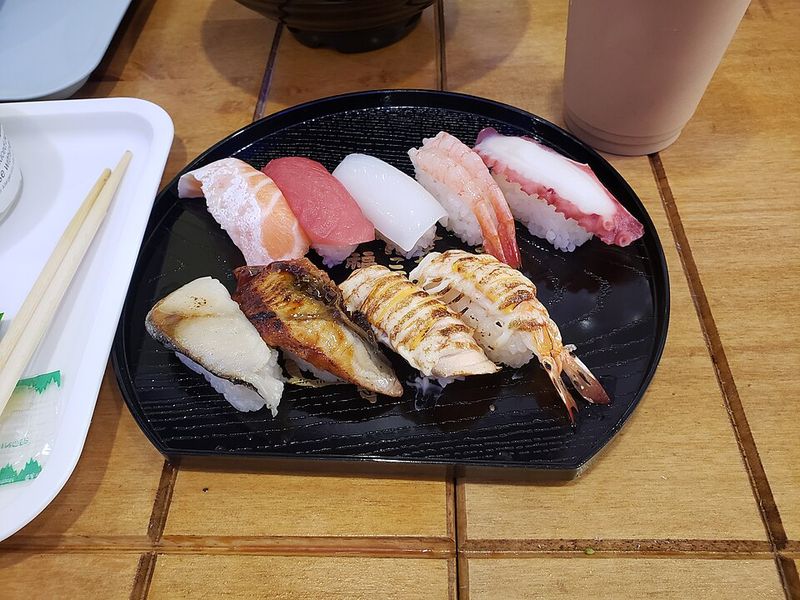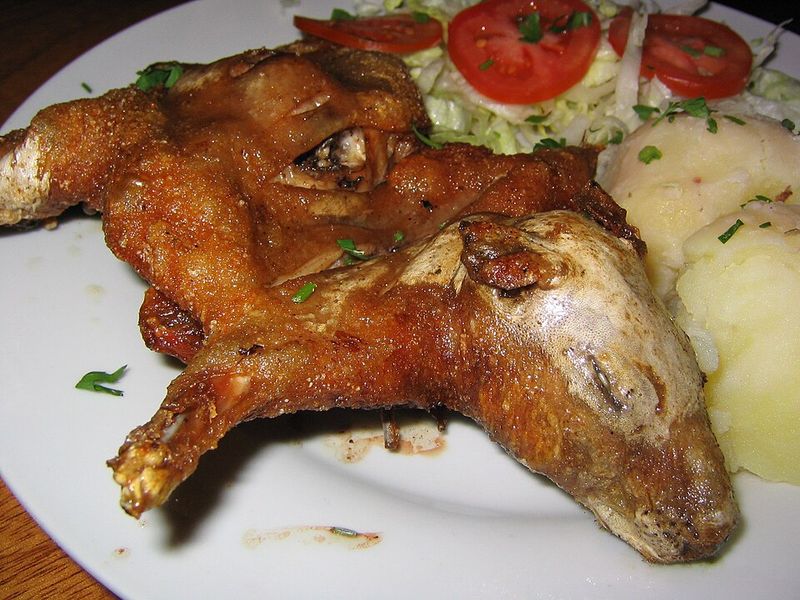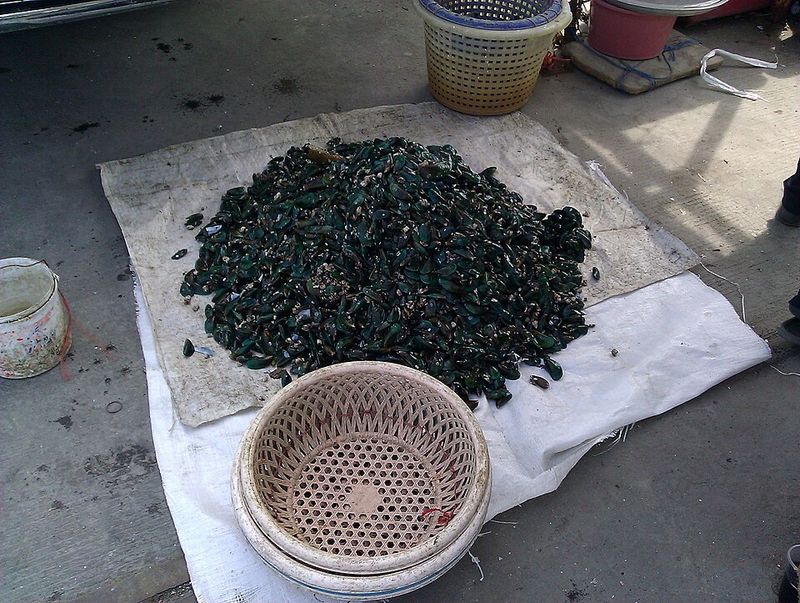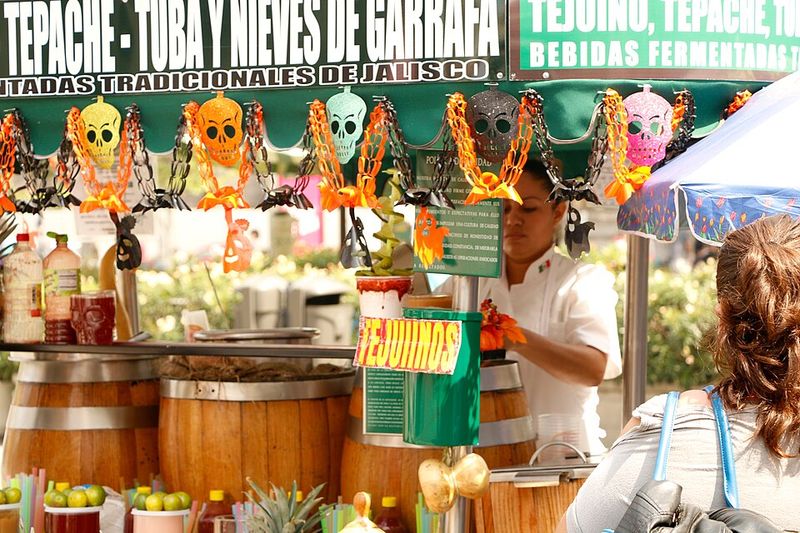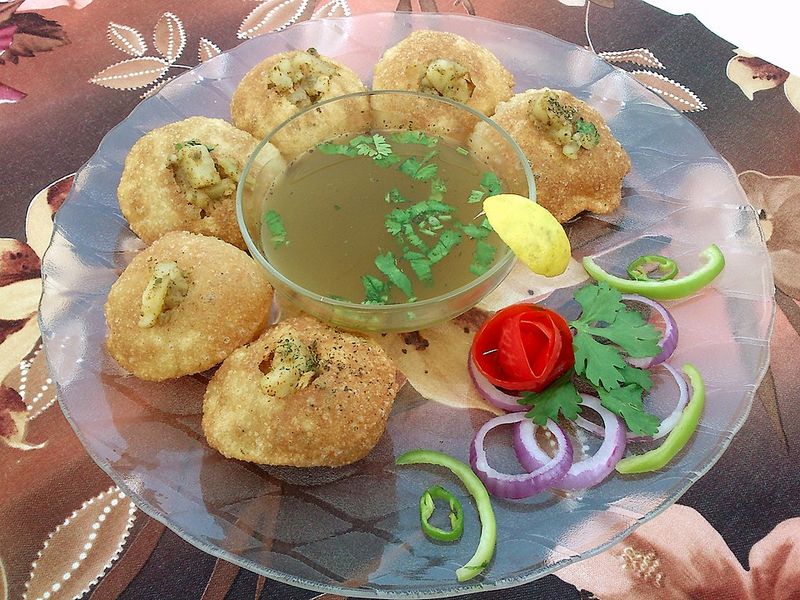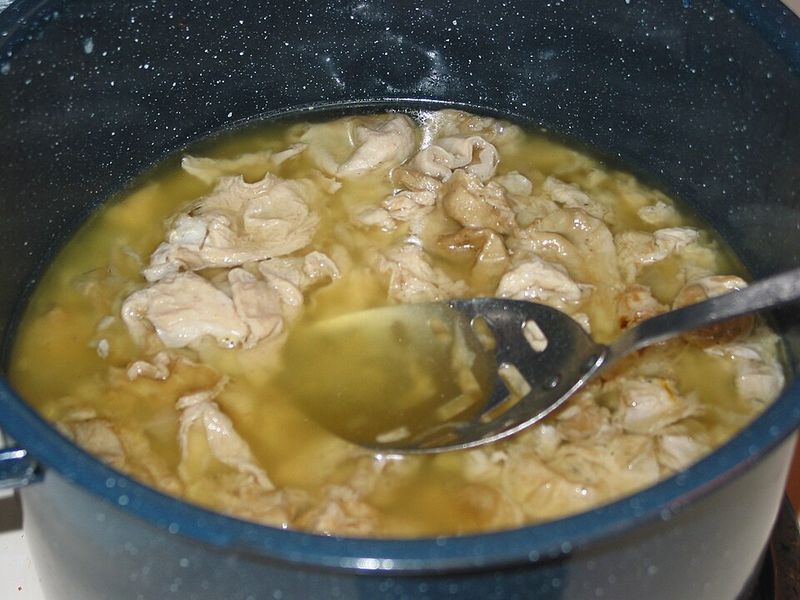Street food offers a unique insight into a culture’s culinary traditions. However, certain beloved local delicacies might pose challenges for tourists due to unfamiliar ingredients or preparation methods. Here are ten popular street foods that locals adore – but tourists might want to think twice before trying.
1. Balut – Philippines
Balut, a fertilized duck egg with a partially developed embryo, is a Filipino delicacy known for its distinct flavor and high protein content. Often enjoyed with a pinch of salt and vinegar, it’s a unique snack that many locals savor.
For the uninitiated, the sight and texture can be quite shocking, which makes it a challenging experience for tourists. Additionally, improper storage in the tropical heat can lead to spoilage, posing health risks.
This dish is often sold by street vendors, making it difficult to ensure quality control. For those unfamiliar with such delicacies, it might be best enjoyed under guidance or with local accompaniment.
2. Tap Water Ice Treats – India
In India, the vibrant shaved ice golas and creamy kulfis are a treat for the taste buds. These frozen delights are especially popular during hot weather, drawing crowds to street stalls.
However, these treats typically use local tap water, which may not be safe for tourists. The water can harbor bacteria or parasites that might be tolerated by local populations but not by visitors.
As a result, enjoying these icy snacks can lead to gastrointestinal issues for the unacclimated, turning a sweet treat into a sour experience. It’s advisable to ensure the water is bottled or filtered before indulging.
3. Hákarl – Iceland
Hákarl, a fermented shark dish, is an Icelandic delicacy celebrated for its strong, ammonia-like taste. A symbol of tradition, it’s often shared during cultural festivals and gatherings.
The pungent smell and chewy texture, however, can be quite off-putting for tourists. Improper fermentation can even result in toxins, adding a layer of risk for those unfamiliar with the dish.
While hákarl is a staple for locals, it may not align with the palate or stomach of unprepared travelers. Sampling this dish in a controlled environment, perhaps with a knowledgeable guide, might be a safer approach.
4. Raw Blood Soup (Tiết Canh) – Vietnam
Tiết canh, a traditional Vietnamese dish made from duck or pig’s blood and herbs, is cherished for its unique taste and texture. Locals often relish it as a breakfast dish, appreciating its rich, savory flavor.
For tourists, the idea of consuming raw blood can be unsettling. Moreover, the dish can harbor harmful bacteria like Salmonella if not prepared under strict hygiene standards.
Street vendors may not always adhere to such rigorous protocols, making it a risky choice for those unfamiliar with local health practices. It’s crucial for visitors to exercise caution and seek reputable establishments when curious about this delicacy.
5. Street Sushi – Japan
Japan’s sushi culture is world-renowned, but street sushi differs significantly from the meticulously crafted versions found in established restaurants. Often prepared quickly in open-air settings, it lacks the stringent temperature control needed for raw fish.
This can lead to rapid spoilage, posing a risk for tourists unaccustomed to local bacterial flora. While locals might frequent these vendors with confidence, tourists could face foodborne illnesses.
To safely enjoy sushi, visitors are advised to opt for reputable dine-in establishments known for maintaining high standards, ensuring a delightful culinary experience without the associated risks.
6. Cuy (Roasted Guinea Pig) – Peru
In Peru, cuy, or roasted guinea pig, is a much-loved dish often served during special occasions and family gatherings. Rich in protein, it offers a taste of Andean culture and tradition.
However, tourists might struggle with the sight of the whole animal being served. Street versions can pose risks due to variable cooking temperatures and hygiene standards, leading to potential undercooked meat.
Cross-contamination is another concern, especially at crowded stalls. For an authentic yet safe experience, visitors should consider trying cuy in well-reviewed restaurants with a focus on hygiene.
7. Street Shellfish – Thailand
Freshly grilled mussels, clams, and oysters are a popular street food in Thailand, especially at lively beachside stalls. For locals, these are a delicious treat enjoyed with friends and family.
Yet, for tourists, the rapid spoilage of shellfish in heat can be problematic. Unregulated vendors might not adhere to safe storage practices, increasing the risk of food poisoning.
The temptation to indulge in these ocean delicacies can be strong, but caution is advised. Ensuring the source is reputable and demonstrates proper hygiene measures is key to a safe culinary adventure.
8. Tepache – Mexico
Tepache, a sweet fermented pineapple drink, is a beloved refreshment in Mexican markets. Its tangy and slightly effervescent taste makes it a hit among locals seeking to cool off in the heat.
However, the open-air fermentation process means alcohol levels and bacterial content can fluctuate wildly. This can be unsettling for tourists with sensitive stomachs who are unaccustomed to such variations.
While tepache offers a unique taste of Mexican culture, it’s advisable for visitors to approach with caution, perhaps sampling it in a controlled environment or from vendors known for their cleanliness.
9. Pani Puri – India
Pani puri, a beloved Indian snack, features a crunchy shell filled with flavored water and potatoes. It’s a flavorful explosion that locals enjoy at bustling markets and street corners.
The “pani” or water can, however, be a source of concern for tourists. If not prepared with bottled or filtered water, it can be contaminated, leading to digestive issues for those unaccustomed.
While locals usually know which vendors maintain high standards, tourists may lack this insight, making it a risky choice without proper guidance. Trying pani puri in reputable establishments is recommended for a safer experience.
10. Chitterlings (Chitlins) – Southern USA
Chitterlings, or chitlins, are a Southern comfort food made from pig intestines, often enjoyed during festive gatherings. When properly prepared, they’re a flavorful and beloved dish among locals.
However, street versions may not be as meticulously cleaned or cooked, posing risks of undercooked meat and bacterial contamination. This makes it a challenging choice for tourists unfamiliar with preparation standards.
For a safe experience, visitors should seek out trusted establishments known for their thorough cooking processes, ensuring they can enjoy this regional specialty without worry.
